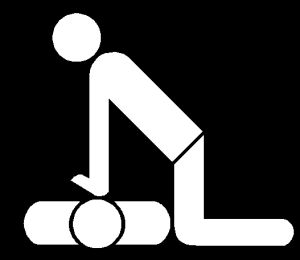

MedFriendly®


Anabiosis
Anabiosis is resuscitation (restoring to life) after
apparent death. This often happens after
cardiopulmonary resuscitation (CPR). CPR is an
emergency manual procedure (e.g., chest
compressions, mouth to mouth breathing) to preserve
partial flow of oxygen to the brain until other measures
are used to restore blood circulation and breathing due
to ineffective heart contractions. Techniques to aide in
anabiosis are taught in Advanced Cardiac Life Support
(ACLS), Pediatric Advanced Life Support (PALS), and
Basic Life Support ( BLS) courses.
FEATURED BOOK: ACLS Study Guide
Examples of resuscitation efforts include rescue breaths, chest compressions, and
electrically shocking the heart (defibrillation).
Anabiosis also refers to being in a state of suspended animation (slowing of life
processes). This form of anabiosis is especially known to occur in certain animals
without a spinal column that normally live in the water, which allows them to survive long
periods without water and which is reversed by a return of water. Likewise, slowing of
life processes by freezing can be reversed by warming. In the state of suspended
animation, metabolism is slowed or stopped. Metabolism is a chemical process in the
body by which food is broken down and changed to energy. Anabiosis comes from the
Greek word “ana” meaning “again” and the Greek word “bios” meaning “life.” Put the
words together and you have “life again.”
"Where Medical Information is Easy to Understand"™















